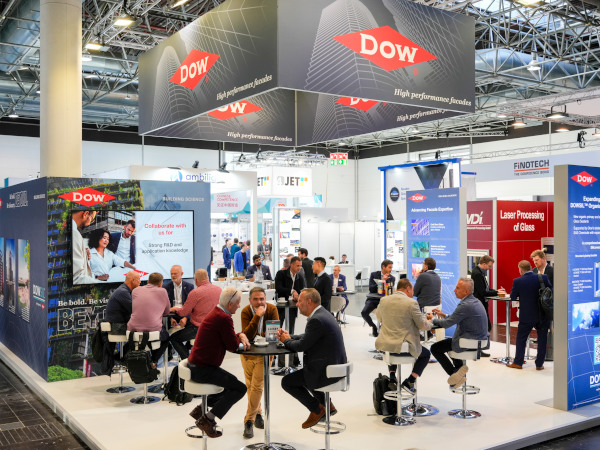Date: 10 December 2015
The frit itself is made up of three parts (see below) which helps the adhesion of the ink to the glass substrate during the heat tempering process, creating a permanent and environmentally rigorous screen print. The fritted graphics essentially become part of the glass itself.Frit ink composition: Colored glass/ceramic frit particles Resin that holds the frit in place prior to the firing/tempering process Liquid/chemical medium that allows the ink to be appliedFrit Application:Ceramic frit inks can be applied to clear, etched, tinted or patterned glass substrates.The glass is then elevated in temperature in a tempering oven to fuse the glass to the ceramic ink. Ceramic fit can also be applied to some high-performance coated glass but not others. Our knowledgeable Application Engineers are available to help you select the appropriate combination of coated material and screen print for your application specific requirements.
Additional benefits of utilizing a frit ink are:
- Not affected by moisture, oil, soaps, chemicals or detergents
- Retains its original appearance throughout the life of the glass
- Scratch and abrasion resistant
- Ideal choice for soda lime glass as well as an excellent ink for SCHOTT Borofloat® due to its high melting point and typically use Borofloat® in high temperature environments
- Frit, once applied, will meet operating temperatures similar to the substrate melting points (Contact Factory for Specifics).
Frit ink specifications for Abrisa Technologies screen printing:
- Colors: black and white are standard but custom Pantone colors are available
- Minimum glass thickness for the frit process is 3mm (0.118”)
- Maximum glass thickness for the frit process is 25.4mm (1”)
- Minimum glass dimensions: 25.4mm x 25.4mm (1” x 1”)
- Maximum glass dimensions: 609.6mm x 609.6mm (24” x 24”)
- Printed Feature Resolution: can print as fine as 0.305 mm (0.012″)
- Ink Thickness: Single pass 25 – 60 μm
All screen printing at Abrisa Technologies is performed on either a semi-automatic or automated printer within a Class 1000 or 10,000 cleanroom. The platform selected is dependent upon specification requirements.











Add new comment